Climate scientists are always on the search for a way to quantify the impacts of climate change, and while plenty of strategies include specific and intentional monitoring, researchers may also be able to use existing lake data to build an understanding of the impacts of climate change. Lakes are sensitive to both physical and chemical changes in the environment, which enables them to be good indicators of climate forcing–as such, they are often referred to as sentinels of climate change.
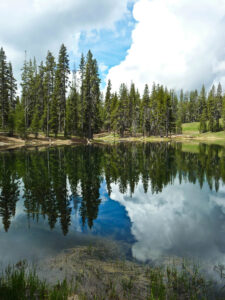
Little Medicine Lake (Credit: Michael McCullough via Flickr CC BY 2.0)
Multiple studies affirm that lakes provide early indications of climate change influencing the lake ecosystem and surrounding catchment areas. The impacts can warp ecosystem functions as well as structure due to climate-driven fluctuations in water level and changes in ice formation and thawing regimes that determine lake phenology and morphology. The greatest benefit to using lakes to document climate forces is how readily available the data is—either already documented and established or in the form of live data being collected manually and remotely across the world.
Methods
In a synthesis paper published by the American Society of Limnology and Oceanography, the researchers sought to identify lake variables “that respond to climate forcing and assess the complexity and difficulty associated with using these variables as indicators of climate change.”1 The team further considered the following research questions:
- “Do lakes contain accurate indicators that are appropriate for current rates of change?” 1
- How universally can indicators be applied? 1
- Can we detect climate-driven impacts in the face of other environmental shifts? 1
The first step was to use existing data to identify key properties of lakes and then determine those that are most likely to indicate the effects of climate change. Once identifying the variable, the team considered possible confounding effects, the frequency of the variable and the visibility of each indicator. The team then categorized the indicators based on different lake types within different climate regions to test the universality of the claim. Finally, they addressed the expected challenges with using the indicator variable to extract climate signals.
Ultimately, the paper highlights the following properties as indicators: hydrology, temperature, ice phenology, water transparency, chemistry, autecology, community structure and habitat structure.
Results
The results of the study reveal that the aforementioned variables can be markers for climate forcing. For example, water temperature data is highly-accessible as well as highly effective as a means of indicating climate change. Water temperature can reflect increases in air temperature as well as stratification variations in a lake. Ice phenology is another example of an effective indicator. In particular, the article notes that ice duration reflects climate change impacts in cases where ice cover is intermittent. Changing ice cover can reflect temperature variations during warmer winters, helping to highlight air temperature fluctuations due to climate change.
With all of the indicators, the authors note that are some limitations to their efficacy. In particular, altitudinal and seasonal variances were often cited as being confounding variables in using one of these indicators. In short, lakes are effective sentinels of climate change, but sources must be considered on a lake-by-lake basis.
Source
- Adrian R, O’Reilly CM, Zagarese H, Baines SB, Hessen DO, Keller W, Livingstone DM, Sommaruga R, Straile D, Van Donk E, Weyhenmeyer GA, Winder M. Lakes as sentinels of climate change. Limnol Oceanogr. 2009 Nov;54 (6):2283-2297. doi: 10.4319/lo.2009.54.6_part_2.2283. PMID: 20396409; PMCID: PMC2854826.




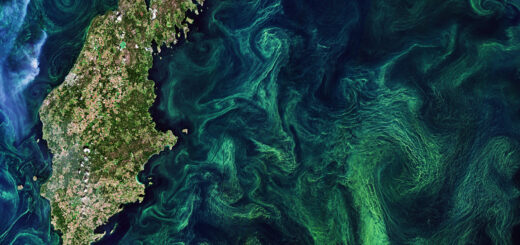
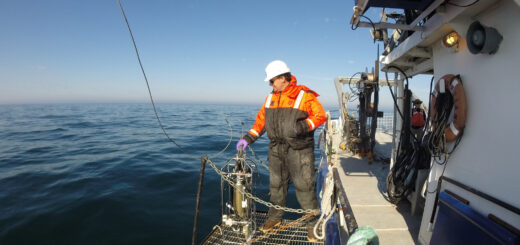
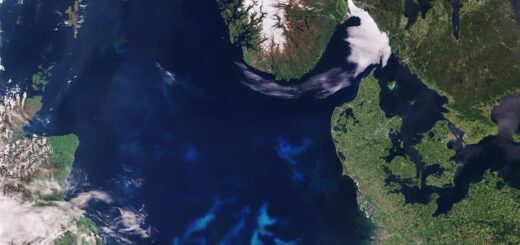
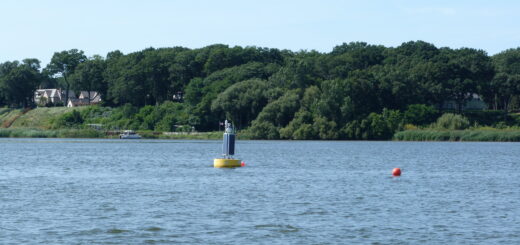
[…] lakes have long been known as sentinels of climate change—meaning that these lakes quickly reflect environmental changes. Freshwater lake regions like […]